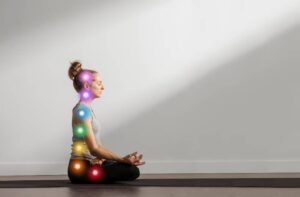The Yoga Blogs
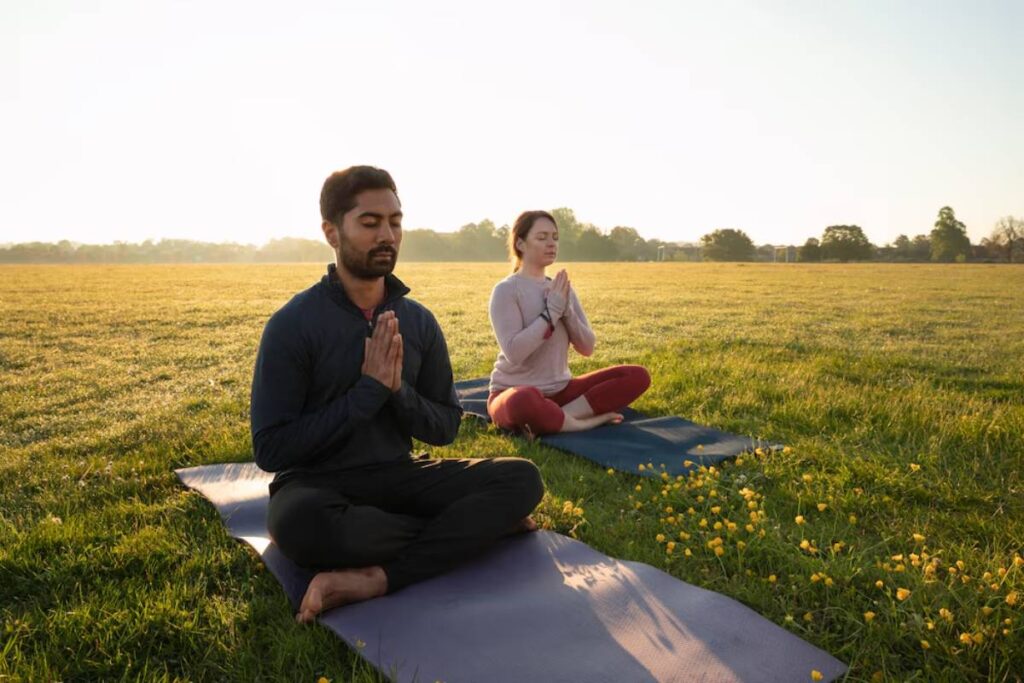
Integrating Meditation into Your Yoga Practice
When people think of yoga, they often picture poses on a mat with deep breathing. Yet, yoga is more than physical postures. It’s about uniting body, mind, and breath. This is where meditation transforms the practice.
Whether you’re new or experienced, adding mindfulness and meditation to your flow can enhance its benefits—mentally, emotionally, and physically. It’s like moving from black-and-white to colour; everything feels richer.
In this guide, you’ll learn how to integrate yoga meditation into your practice, explore its science and philosophy, and find practical tips for more mindfulness in yoga. By the end, you’ll have tools for a more purposeful and restorative experience on your mat.
Why Combine Yoga and Meditation?
The Synergy of Stillness and Movement
Yoga and meditation are not separate; they complement each other and share the same ancient roots. Yoga prepares your body and mind for meditation. Traditional texts like the Yoga Sutras by Patanjali stress that asana is just one of eight limbs. Meditation (dhyana) is a core part.
Here’s what combining them can offer you:
- Increased mental clarity and sharper focus
- Heightened emotional regulation and stress resilience
- Deeper mind-body connection and awareness
- Improved sleep, digestion, and overall well-being
Scientific Backing
Research shows that yoga and meditation can lower cortisol (the stress hormone), improve heart rate variability, and increase grey matter in brain areas linked to attention and memory (Lazar et al., 2005; Goyal et al., 2014).
In short, meditation boosts yoga’s benefits, while yoga makes meditation easier.
Choosing the Right Style of Meditative Yoga
Know Your Intention
Before you start, think about what you need. Are you looking for calm? Focus? Energy? Different combinations work for different goals.
- For relaxation and inner peace: Try Yin or Restorative Yoga with body scan meditation or loving-kindness practices.
- For mental clarity and balance: Hatha or Vinyasa with breath awareness or mantra repetition.
- For spiritual connection: Kundalini yoga with chanting or visualisation.
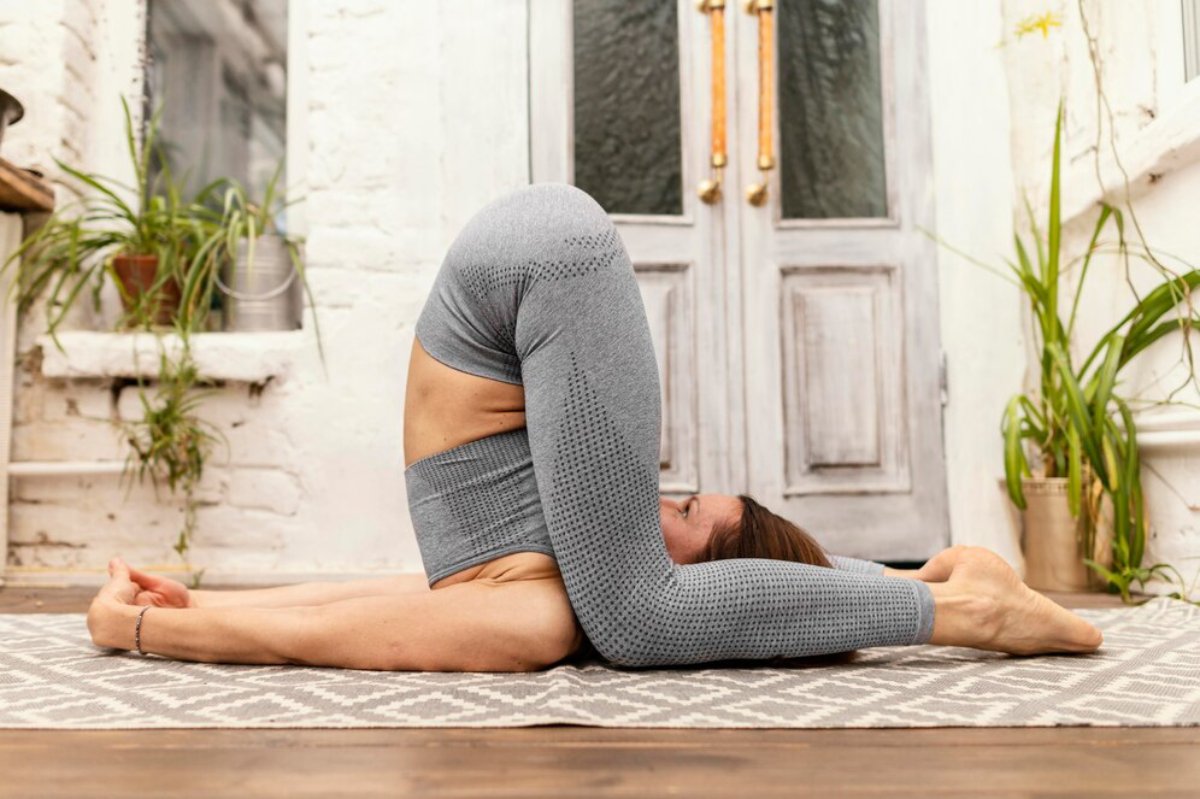
Styles That Naturally Embrace Meditation
- Yin Yoga: Slow poses held for minutes. Great for calming the mind.
- Hatha Yoga: A balanced style that often includes breath awareness.
- Kundalini Yoga: A dynamic style using mantra, breath (pranayama), and meditative focus.
- Integral Yoga: Designed to integrate all eight limbs of yoga, including meditation.
Building Meditation into Your Yoga Routine
Start with Intention-Setting
Before moving, sit comfortably and check in. Ask yourself:
- How am I feeling today—physically, emotionally, mentally?
- What do I need from my practice?
Set an intention (sankalpa) that reflects your needs—like “I am calm” or “I will stay present.”
Use Breath as Your Anchor
During your asana practice, let your breath guide you. Ujjayi breathing offers a soothing rhythm to help you stay focused.
Try this: When your mind wanders, silently say “inhale” and “exhale” with your breath to return your focus.
Add Mini Meditations Between Poses
Pause for a breath or two between sequences. This stillness helps you observe your movement and stay centred.
For example:
- After a forward fold, pause in standing or seated stillness.
- Between balancing poses, close your eyes and breathe deeply.
End with Seated or Lying Meditation
Your final relaxation (Savasana) or a few minutes of seated meditation can be the most powerful part of your practice. Options include:
- Guided meditations
- Mindfulness of breath
- Body scan
- Loving-kindness (Metta)
Tip: Choose calming music or silence based on your preference.
Practical Techniques to Try
1. Breath Awareness Meditation
This technique focuses entirely on your breath sensation.
How to do it:
- Sit comfortably, spine upright.
- Close your eyes and observe your breath without changing it.
- Notice the air moving in and out of your nostrils.
- If your mind wanders, gently bring it back.
Best for: beginners, focus, and reducing anxiety.
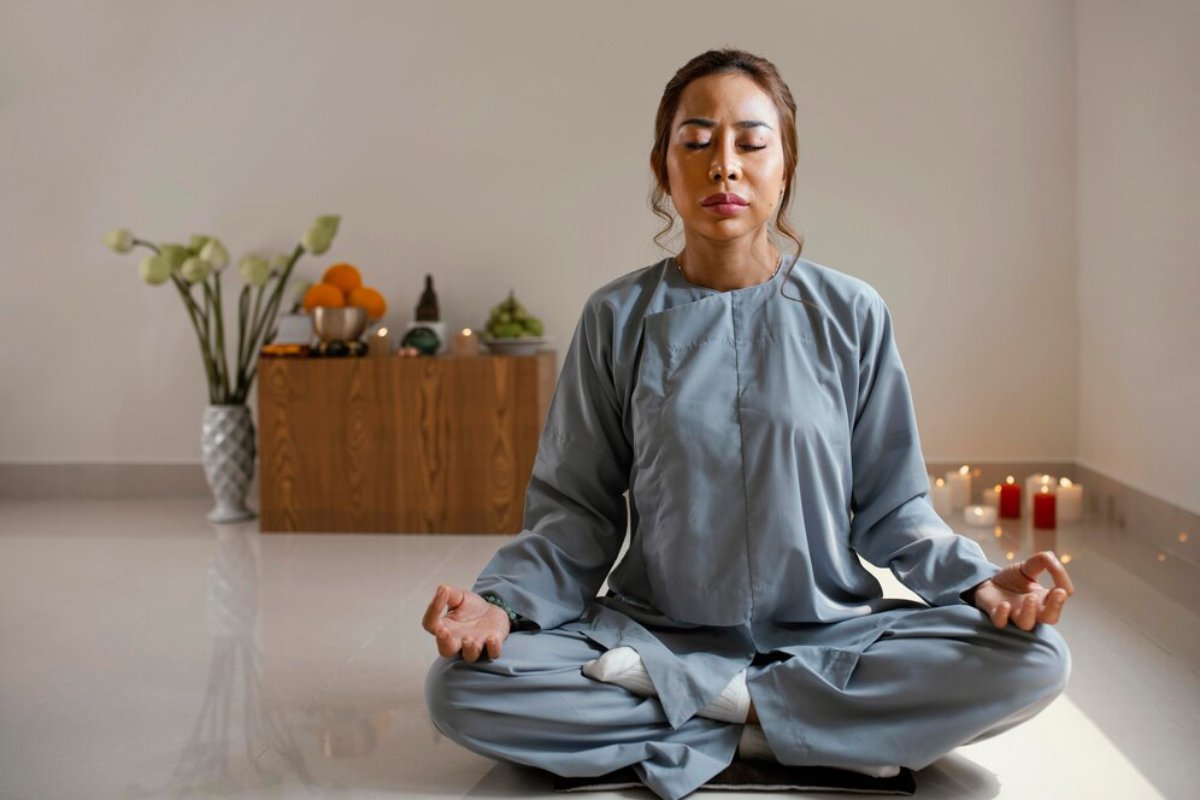
2. Mantra Meditation
Repeating a word or phrase (mantra) helps centre the mind.
Examples: “So Hum” (I am that), “Om Shanti” (peace)
How to do it:
- Inhale as you silently say “So.”
- Exhale with “Hum.”
- Let the words flow naturally with your rhythm.
Best for: Creating calm and spiritual focus.
3. Moving Meditation
This turns your entire yoga practice into a meditation. Stay present with each movement and breath.
How to do it:
- Move slowly and intentionally.
- Sync breath with motion.
- Observe without judgment.
Best for: Flow styles, grounding, active minds.
Real-Life Experiences: What Yogis Say
Long-time yoga practitioners often describe meditation as the “missing piece” that deepened their practice.
Take Maya, a 38-year-old graphic designer, who found that meditating before yoga helped reduce her anxiety: “I used to do yoga to relax, but adding five minutes of breathwork beforehand made it ten times more effective. I’m more in tune with what I need.”
Or Liam, a yoga teacher in London, who adds mindfulness cues in his classes: “Just reminding students to notice the soles of their feet or the sound of their breath makes a world of difference.”
These stories show that small shifts—a pause, a breath, a moment of reflection—can lead to profound changes.
Making It a Habit
Create a Dedicated Space
Having a small area with a mat, cushion, and maybe a candle or plant can encourage consistency. It invites you to return.
Keep It Simple and Sustainable
You don’t need long sessions. Even 10 minutes of meditative yoga daily can bring noticeable changes.
Start small:
- 5-minute breath meditation before practice
- 10-minute mindful yoga sequence
- 2-minute gratitude meditation after Savasana
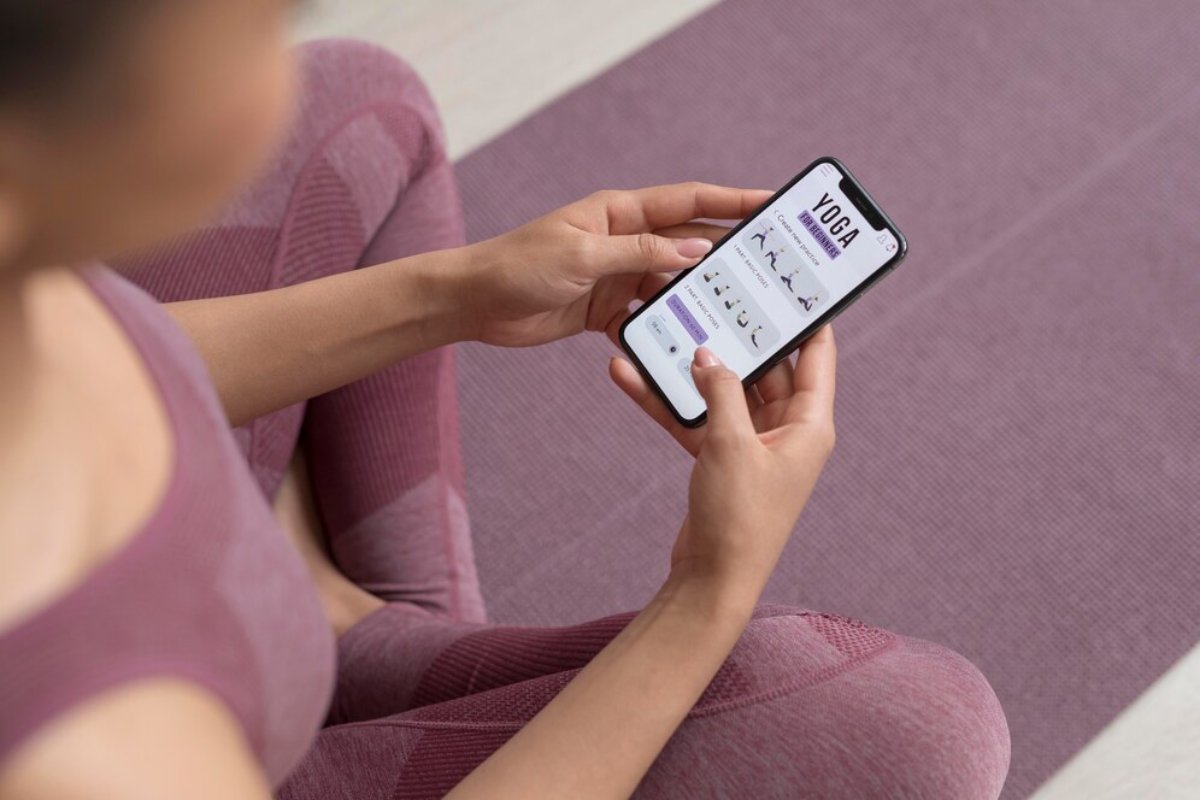
Use Apps and Tools
Helpful resources include:
- Insight Timer (free guided meditations)
- YogaGlo or Alo Moves for meditative classes
- Calm or Headspace for mindfulness techniques
Mindfulness Makes It Meaningful
When you blend meditation into your yoga, you’re not just stretching or building strength. You’re cultivating awareness, presence, and peace. It’s like giving your body and mind a hug.
You don’t need to be a monk or sit cross-legged for hours. Just start with a breath, a moment of stillness, and an open heart.
Try it today. Unroll your mat, sit quietly, breathe with intention, and see where this simple start takes you.
Stillness amid the movement.
To recap:
- Use breath as your anchor
- Choose the right style and method for your intention
- Add simple techniques like a mantra or mindfulness
- Create small daily rituals for consistency
Your Practice, Your Presence
Integrating meditation into your yoga practice doesn’t need to be complicated. It’s about showing up, noticing what’s happening inside, and making space for
Remember—this is your practice. Let it evolve and reflect your needs, one breath at a time.
Ready to deepen your yoga journey? Meditate for five minutes before your next session and feel the shift. If you’ve already started blending the two, what has your experience been like? Share your thoughts in the comments or pass this guide to someone who needs a little more peace today.






